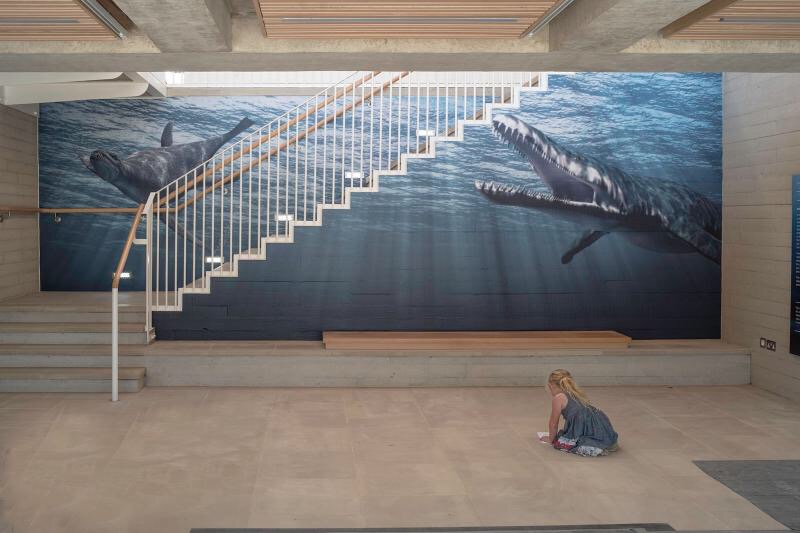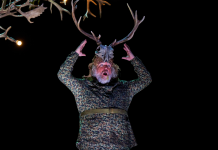The Museum is displaying the greatest collection of marine fossils ever assembled in Britain.
Thanks to National Lottery players, the extraordinary Etches Collection is accessible to the public for the first time in a new purpose-built building, learning centre and exhibition.
The remarkable collection of over 2,500 Late Jurassic Period fossils is the result of more than 30 years of dedicated discovery and research by founder Steve Etches MBE, a plumber by trade, who has been internationally recognised for his contributions to the world of palaeontology.
The brilliantly preserved specimens provide a unique insight into how extraordinary marine creatures from the Late Jurassic period lived and died.
The untold stories of these creatures will be brought vividly to life through a virtual aquarium and interactive exhibition, immersing visitors in life underwater 150 million years ago. A CGI projection will transform these static objects and explain their importance as tangible evidence of former living beings.
The museum will not only be a home for the collection, but also a dynamic research, learning and event space. A visible workshop will give a glimpse of Steve at work, continuing to grow the collection and sharing his skills with others, from school pupils to scientists.
Nerys Watts, Head of HLF South West
The museum fulfils Steve’s long-term desire to publicly share his collection, which was previously housed in his garage, at the Jurassic Coast World Heritage Site where the fossils were discovered. The village of Kimmeridge itself gives its name to the Kimmeridgian period in the Late Jurassic age, which encompassed much of Europe.
The £4.7m project received support from other donors including Dorset County Council and Purbeck District Council.
Nerys Watts, Head of HLF South West, said: “The Etches Collection is one of the most important fossil collections in the UK. It’s also an incredibly inspiring story of how one man’s passion and hard work can greatly increase our understanding of what this area was like 150m years ago. We’re delighted to be supporting this project that will display the collection in the place that it was discovered.”







